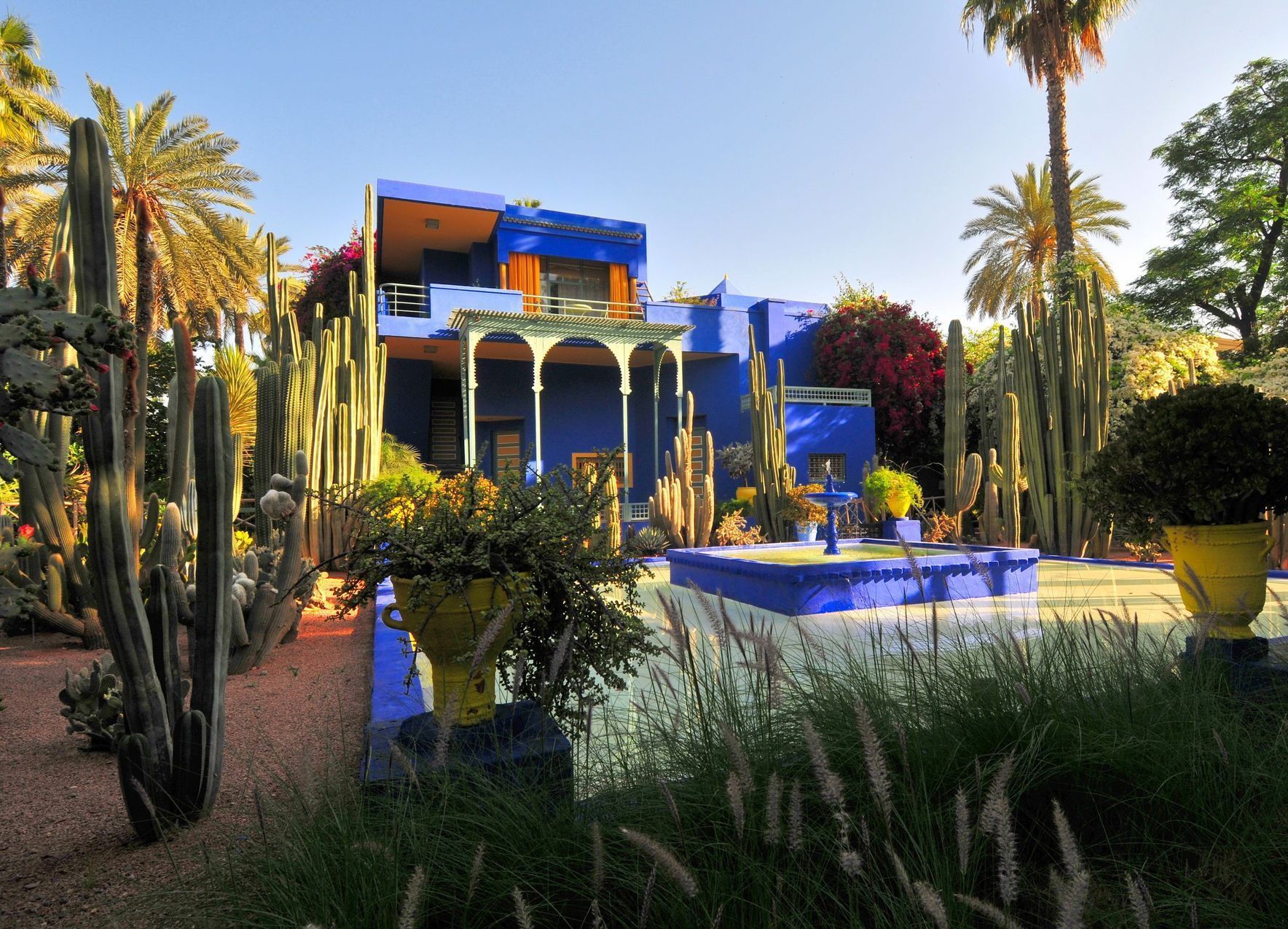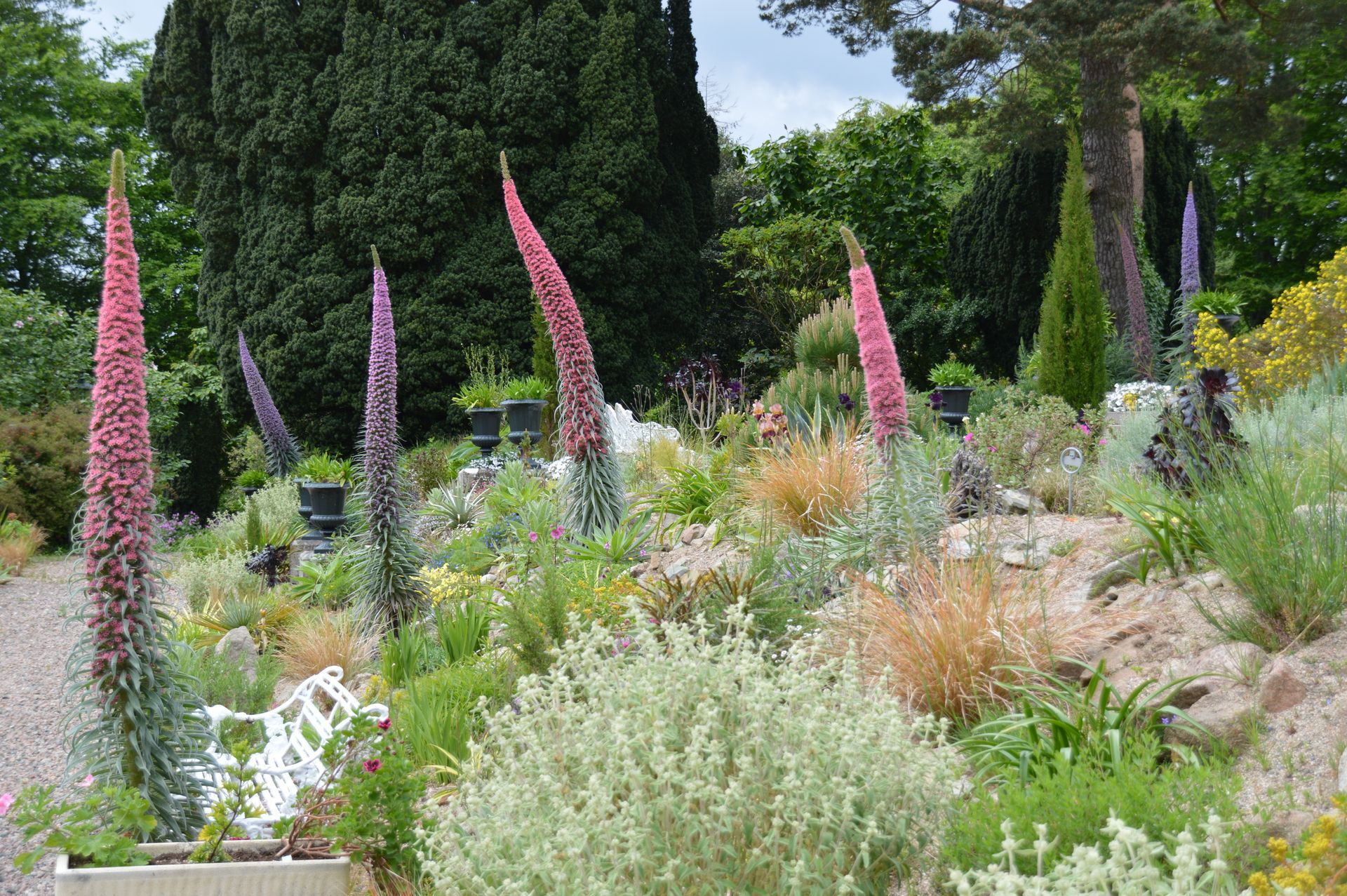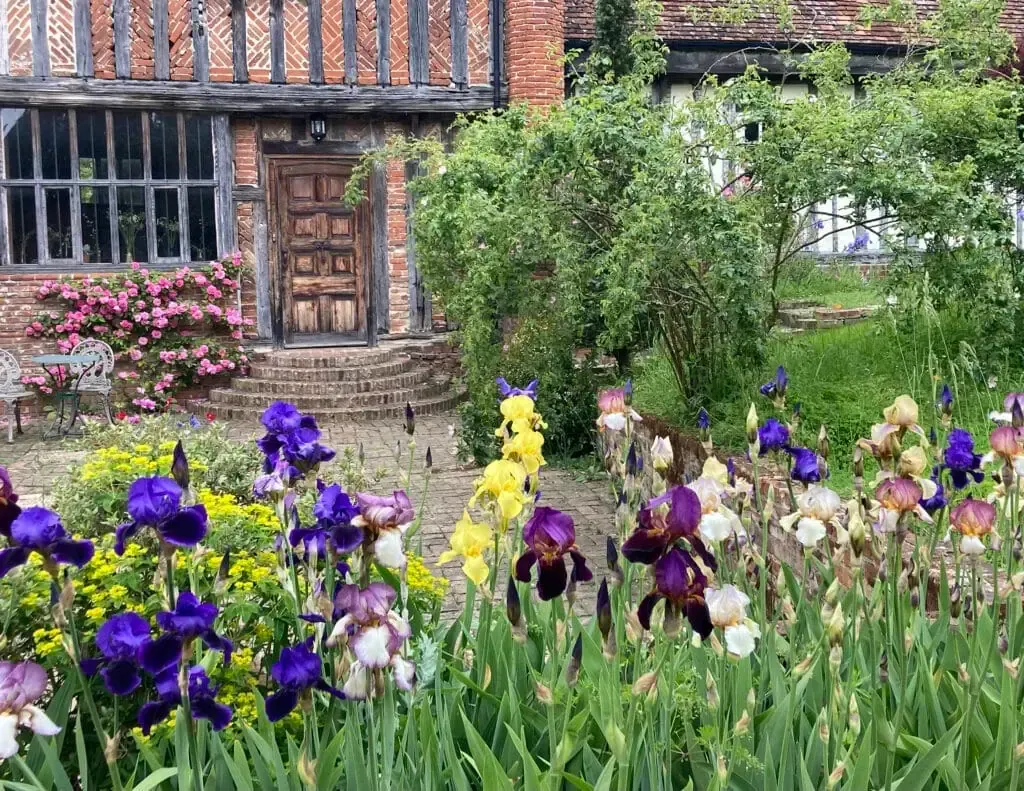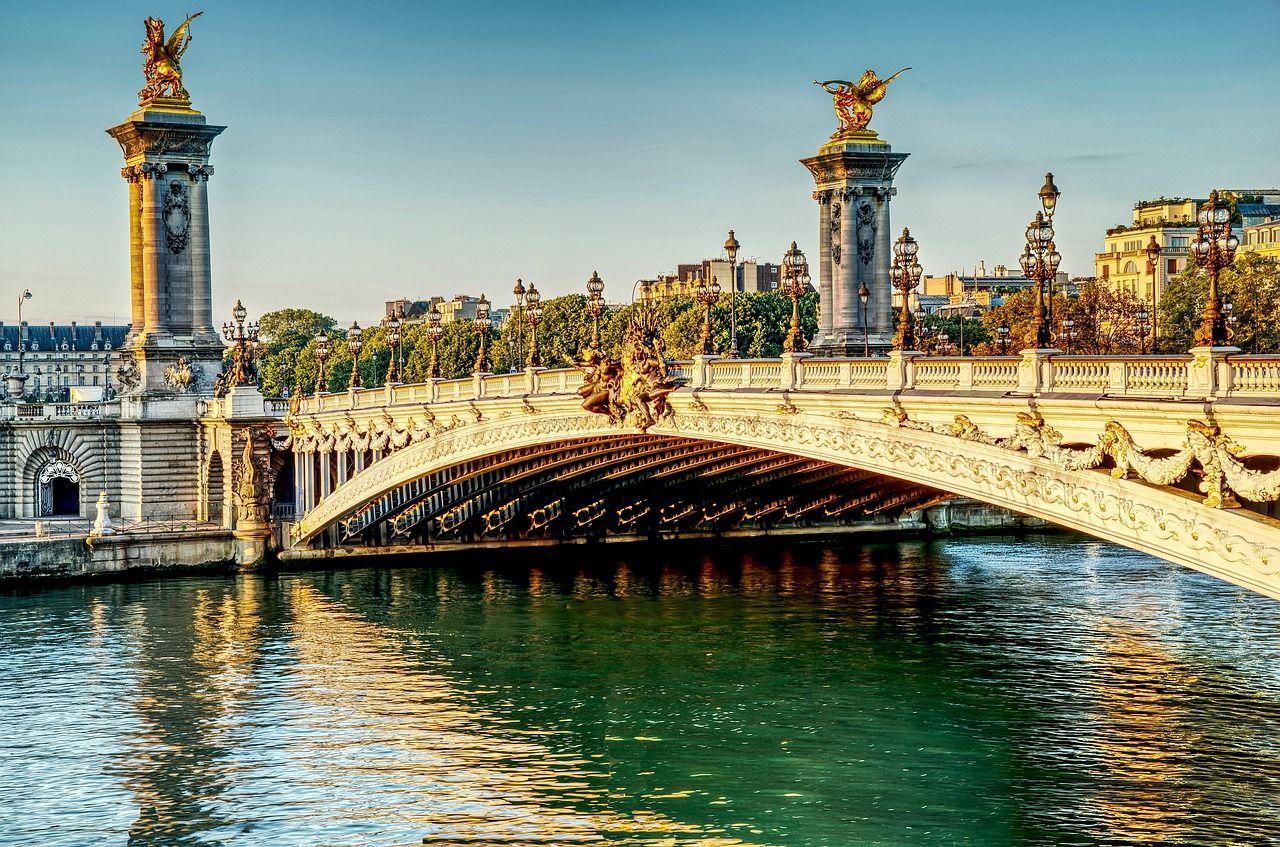The Georgian Country House: Architecture, interior decoration and furnishing
1 day | £99 per person | 17 July 2025
The Georgian Country House: Architecture, interior decoration and furnishing
The 18th century has often been described as a golden age in the history of the arts in Britain, and certainly the Georgian country house, filled with paintings and works of art and set in a rolling landscape park is one of Britain’s greatest achievements in the field of the visual arts.
This was the great age of the Grand Tour. Wealthy patrons travelled to Italy and were thrilled by the ruins of classical Rome. Not only did they bring back numerous works of art, but, inspired by the villas of the Renaissance architect, Palladio, they wanted to build in Britain, a classical house, a temple of the arts. We shall look at some of the great Early Georgian classical houses, like Holkham and Houghton in Norfolk, with their rich interiors and furnishing and shall consider the role of the patron and the influence of the great contemporary interior designer, William Kent, on Early Georgian decoration and furnishing.
In the mid-18th century there was a reaction against Early Georgian taste in favour of a lighter decorative style, known as Rococo. Asymmetry and scrolling, curving forms and motifs taken from nature are features of the Rococo style. In country houses interiors show a new intimacy. Two offshoots of the Rococo are a growing interest in the art of China, and a new interest in the mediaeval world, both of which had an n important influence on the decoration of many country house interiors. In furniture design, the Rococo style was disseminated through Chippendale’s important book of furniture designs (1754).
The last part of the century saw a revival of interest in the classical world with the growth of archaeology and exploration. Excavations at Pompeii and Herculaneum revolutionised the interior decoration of country houses, as reflected in the work of Robert Adam and his contemporaries, and resulted in some of the most beautiful and refined interiors in the history of the 18th -country house. At the same time the growing Romantic Movement, with its interest in the mediaeval, the exotic and the far-away, encouraged the building of neo-Gothic castles as well as a renewed fascination for the Orient. This eclecticism saw the breakdown of classical supremacy and resulted in the Regency cult of styles.
This Lecture is held at the Art Workers' Guild in Queen Square London.
TIMETABLE FOR THE DAY
10.30-11.00 Welcome refreshments
11:00-12:00 – Lecture 1
12:00- 12.30 Refreshments
12:30-13:30 – Lecture 2
13:30-14:30 – Lunch
14:30-15:30 Lecture 3
Price: £99
Date:
17 July 2025
Your day includes:
- Three lectures
- Refreshments
- Light lunch
Lecturer
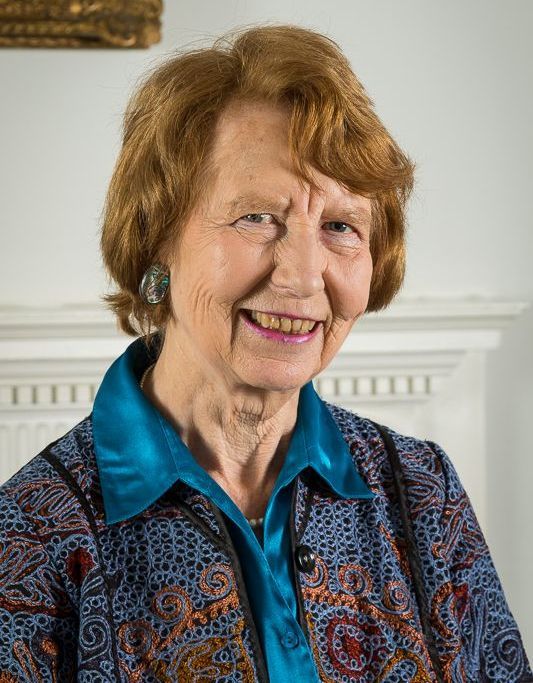
Barbara Peacock
Barbara Peacock is director of Wessex Fine Art Study Courses and for many years has run successful Study Tours both in Britain and abroad. She lectures for the Arts Society, the Art Fund and the National Trust. She was formerly Assistant Keeper in the Department of Art, Birmingham City Museum and Art Gallery and Tutor for the Department of Extra-Mural Studies, University of Southampton,
Her particular interest is in the history and architecture of the country house, and its associated garden and designed landscape
Contact Info
Tel: 01280 430 175
Email: hello@fineandcultural.com
WhatsApp: +447946892834
Fine and Cultural Tours Ltd
1 West Street, Buckingham, MK18 1HL
Tours
Quick Links


All Rights Reserved | Fine and Cultural Tours | Booking conditions | Privacy Policy
We use cookies to ensure that we give you the best experience on our website. To learn more, go to the Privacy Page.
